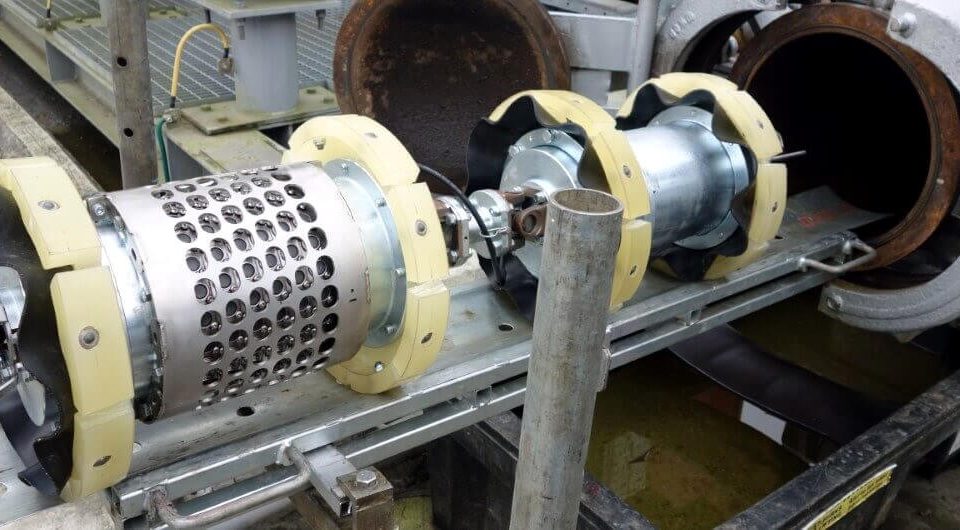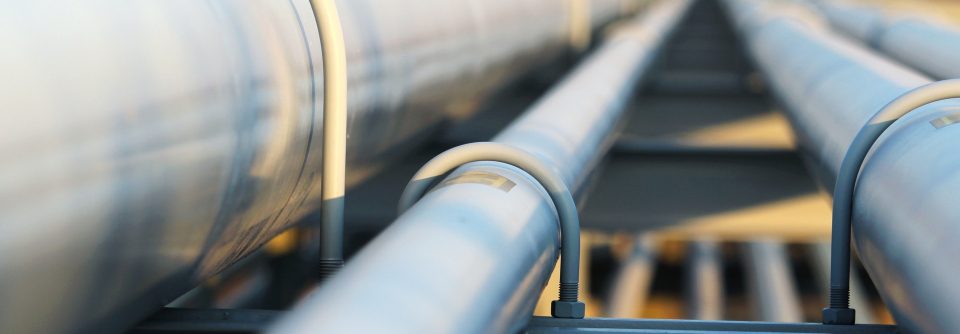
HCA & MCA Support
March 15, 2021
Integrity EPC In-Line Inspection Process
May 27, 2021Problem:
A client’s pipeline system was initially built in 2016 with multiple new lines being constructed and placed into operation in the years thereafter. Most of the operational history while the pipeline was owned and operated by the previous owner is not available, so the historical parameters for consideration during this evaluation are limited to year of construction, original hydrotest, and operating parameters while it has been owned and operated by our client.
Approach/Execution:
We had a discussion starting with topics for consideration of risk reduction. Since the risk scores are essentially the same for both probability of failure and consequence of failure, the team decided to list out all possible items which we should consider and then prioritize them for inclusion in 2021 preventative and mitigative measures. The largest threats for failure appear to be third party damage and external and internal corrosion, due to several reasons. The third-party damage threat is always present on most pipelines. The external and internal corrosion threats are a direct result of AC interference on certain pipelines. No other threat was detected and there have been no incidents for these threats to be considered at this time, mainly due to the newness of the pipelines.
Our list of items which were discussed and which we would review for consideration include the following:
- Improve cathodic protection
- Install a 2nd deep well anode bed on the northern side of the 10” pipeline
- Install additional test leads in areas where possible AC interference exists
- Perform AC mitigation in areas where the AC mitigation study indicates major interference
- Install internal corrosion coupons in areas where this threat seems probable.
- Acknowledge the full knowledge base for identification of corrosion issues needs to be addressed
- Implement more oversight and training on understanding operational procedures
- Improve communication from field instruments to control room
- Add a procedure and training on protecting personnel near AC interference/High Voltage sites with regards to the pipeline
- Improve documentation and GIS on location of insulation flanges
- Improve system knowledge on location of facilities
- Improve and consolidate on naming convention of facilities
- Install additional signage in high voltage areas
- Review the need for installation of remote valve operators in areas of high spill volumes relative to high consequence areas
- Improve knowledge of local officials in emergency response evaluations
- Update locational accuracy on facilities
Solution:
We then prioritized these items for implementation during 2021, based on their effect on reduction of risk on the pipelines. Our list of prioritized items is shown below.
High Priority
- Perform AC mitigation in areas where the AC mitigation study indicates major interference.
- Acknowledge the full knowledge base for identification of corrosion issues needs to be addressed.
- Update locational accuracy on facilities.
- Improve documentation and GIS on location of insulation flanges.
All other measures were addressed as time allows but are considered low priority for the year.



